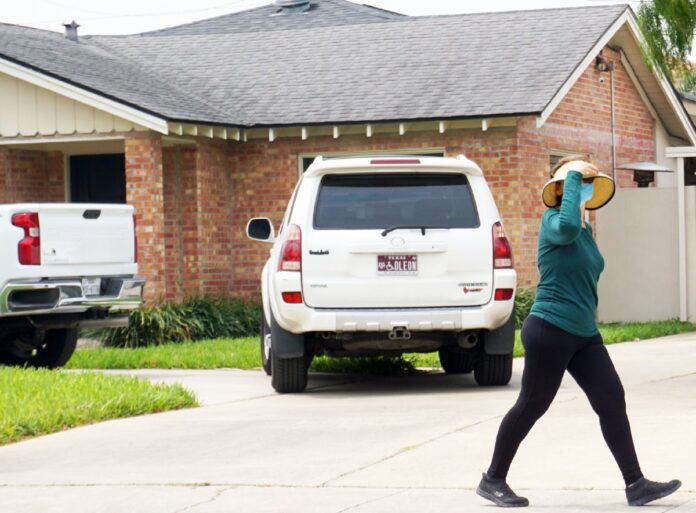Brownsville, Harlingen, and McAllen have experienced the second-warmest year on record since 2020 began, according to a monthly report released by the National Oceanic and Atmospheric Administration (NOAA) detailing current and upcoming weather patterns across the Rio Grande Valley.
NOAA’s Climate Prediction Center found that Valley residents can expect another hot, dry summer and largely rain-free conditions. The agency predicts that by August, temperatures may be high enough to mark this summer the single hottest on record. “The forecast for June-August has a 60-69% likelihood of above average temperatures,” the report stated.
At the airport in McAllen, temperatures this year have reached 100 degrees on four days already. Combined with above-average predictions for July and August, this could mean a realistic chance of breaking the record of 90 100-degree days set in 2017.
This would mean a spot in the top five warmest years on record for the “sixth or seventh” time in the past decade, and although Valley residents are used to the heat, NOAA is warning that temperatures this year could be particularly dangerous. “While we’re known for blistering heat, persistent above to well-above average conditions can cause heat stress, heat exhaustion, and heat stroke/death to our residents,” NOAA wrote.
With heat comes drought and an increased risk of wildfires. “The entire region is generally in severe to extreme drought,” the report stated, though this could temporarily improve throughout the Rio Grande Valley in May with a 40-49% probability of increased rainfall. If rainfall is limited from late April to June, it would reduce the availability of fuels, particularly brush growth and high rangeland grasses, NOAA wrote.
Air quality in the area is projected to be poor for the next three months. According to NOAA, the Air Quality Index (AQI) on Sunday, April 19 reached over 150 (“Unhealthy for All Groups”) for the first time since spring 2015, caused by hundreds of agricultural burns underway in eastern Mexico. “Moderate to unhealthy (values of 50 to 150+) AQI will dominate the month of May and could persist into very early June before ‘burn’ season ends,” the report stated.
The agency predicted May’s rainfall will manifest through thunderstorm systems that form to the north or northwest. NOAA stated those predictions do not appear to be changing to incorporate “deep” tropical or subtropical moisture, as was the case in 2015 and 2016.
NOAA warned residents that storm systems might bring damaging winds with individual strong cells, large hail or large amounts of hail and heavy rainfall that can exceed five inches and cause local flooding with 2-feet of water depth in poor drainage locations.
Hurricane season begins in just over a month and NOAA reminded residents that #ItOnlyTakesOne, citing the $125 billion in damage caused by Hurricane Harvey in 2017, as well 2019’s Imelda, and Hurricane Allison in 2001.
NOAA and the National Weather Service station in Brownsville will be preparing more detailed hurricane forecasts as the season approaches on June 1.





